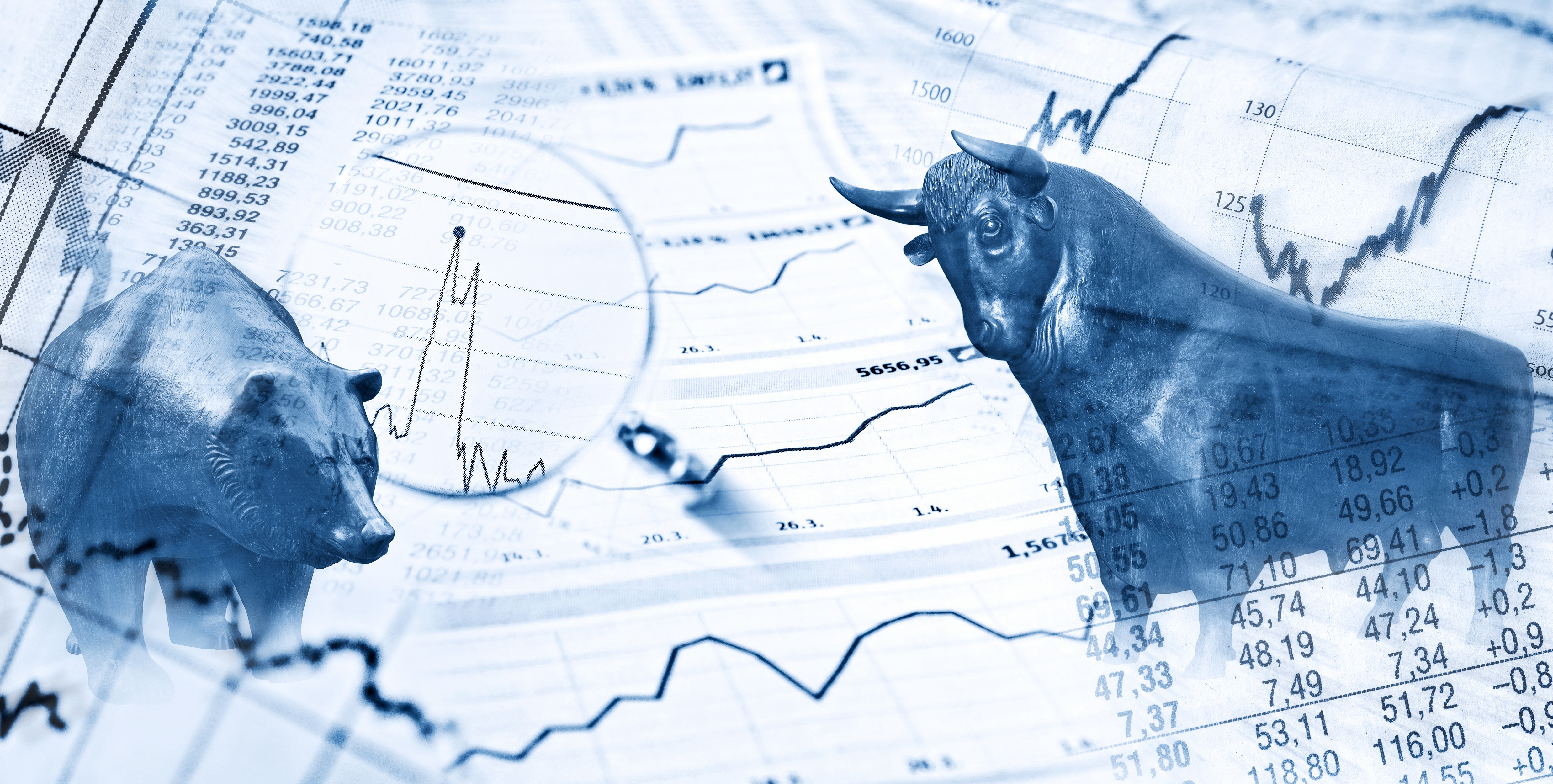A fund selector’s role has become increasingly challenged.
Not only do they need to navigate the 12,000 UCITS ETFs – and numerous active funds – available but opportunities are appearing – and disappearing – at breakneck speed.
The new macro paradigm of stubborn inflation and higher-for-longer interest rates has created an environment of whipsaw volatility.
This means fund selectors must stay nimble and take advantage of opportunities as highlighted by UK Prime Minister Lizz Truss’s term in office and the dovish messaging from the Federal Reserve in late 2023.
“We believe there is less consensus and more uncertainty about key macro variables, like inflation, than in the past. Elevated uncertainty is reflected in the heightened dispersion of returns in the new regime, we find,” Wei Li, global chief strategist at the BlackRock Investment institute, said.
“That return outlook means that the traditional portfolio approach of static asset allocations will not work as well as in recent decades, in our view. We stay dynamic in our strategic views as one part of the solution.”
This “elevated uncertainty” has been reflected in duration positioning this year as fund selectors have derisked portfolios following the significant rally in long-duration US Treasuries late last year.
According to the CME’s FedWatch Tool, markets are pricing in an 88% chance the US central bank will cut rates by just 100 basis points (bps) by the end of the year.
At the start of the year, markets were pricing in as many as seven rate cuts in 2024, highlighting concerns over the strength of the US economy and stronger-than-anticipated inflation.
In response to concerns the Fed will not be able to reduce rates as quickly as the market is anticipating, investors have pulled $915m from the iShares $ Treasury Bond 20+yr UCITS ETF (IDTL) in February alone, according to data from ETFbook.
At the other end of the spectrum, the iShares $ Treasury Bond 1-3yr UCITS ETF (IBTS) has seen $295m inflows over the same period.
“We are being strategically active in our portfolios,” Li added. “We take a more active approach in the long run as structural shifts play out.
“We think market optimism can persist for now but stay nimble. We get more active in our long-term portfolios given a greater dispersion of returns.”
Long-term asset allocation plays may not be as effective given the market environment. ETFs allow fund selectors to stay nimble in this more volatile environment, allowing them to take advantage of opportunities as and when they appear.




